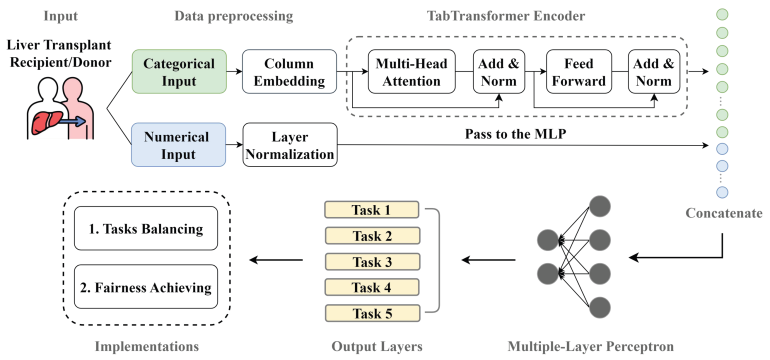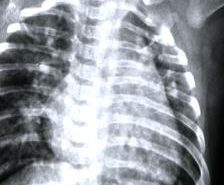Authors: Can Li, Xiaoqian Jiang, Kai Zhang
Published on: April 05, 2023
Impact Score: 8.2
Arxiv code: Arxiv:2304.02780
Summary
- What is new: A novel deep-learning model that predicts multiple post-transplant risks with a fairness-achieving algorithm to ensure prediction equity.
- Why this is important: Challenges in liver transplant include finding best donor-patient matches and ensuring transplant equity among subpopulations.
- What the research proposes: A multi-task deep neural network that predicts five post-transplant risks and a fairness-achieving algorithm for equal predictions across subpopulations.
- Results: Reduced task discrepancy by 39% and achieved substantial fairness among sensitive attributes.
Technical Details
Technological frameworks used: Deep-learning, multi-task learning
Models used: Deep neural networks
Data used: Electronic health records of 160,360 liver transplant patients from U.S. liver transplant records (1987-2018)
Potential Impact
Healthcare providers, insurance companies, and liver transplant technology developers could benefit or need to adapt.
Want to implement this idea in a business?
We have generated a startup concept here: TransplantAI.



Leave a Reply